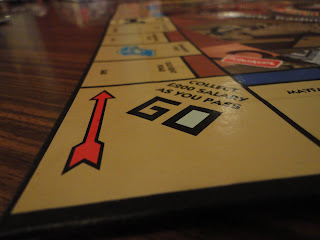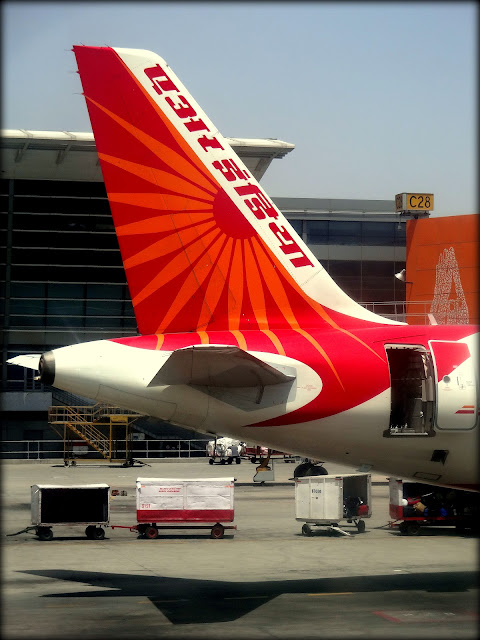Ludo - Strategies to winning
Ludo is a board game that originated in India. It has been played since time immemorial.
However, it was played under the name "Paachisi". It was played by children, but there are several instances in noted history where kings were known to play that game.
A standard Ludo, is the now modified/abridged version of Paachisi. However principles remain the same - an opponent falling in the same space as that of another opponent would 'kill' - meaning impedes the progress of the other opponent by sending the his' token to where the game began, and thereby delays the chance of winning as well as finishing the game. The winner is the one who takes all the four tokens to the home zone. A dice is cast to move the tokens. A token cannot land on a space that already contains a piece of the same color. This rule is done away with most other time. However, following the rule reduces the tactical advantage to a great extent, and makes the game more interesting.
Although the game looks simple, winning the game needs some groundwork. Like most other games, it needs strategy and some reasonable skill. The question is how we evolve the strategy.
At the outset, we need to understand the principles of winning the game. As always, a best evolved strategy is the one that is best aligned with the right principles.
- Never leave a chance to kill the opponent. Even if it is just at the place where it started. This is particularly required when you have multiple pieces active on the board.
- However, where there is a chance for you to trap the opponents piece on one hand and with the same cast on the dice allowing another piece to land straight in 'Home', it preferable to go with the latter option. It is all about the skilful discretion.
- The MOST important routine of the game which is the only conducive one to astrategy is this - ... take a pause, and read on...
As much as possible, ensure that you piece is 'not' in the path of an opponents piece. You will have no practical control over the number that would be cast on the dice.
Maintain yourslef at the tail of the opponents. You threaten instead of being threatened. - Thats it for now !
More to come following up on my blog.


























